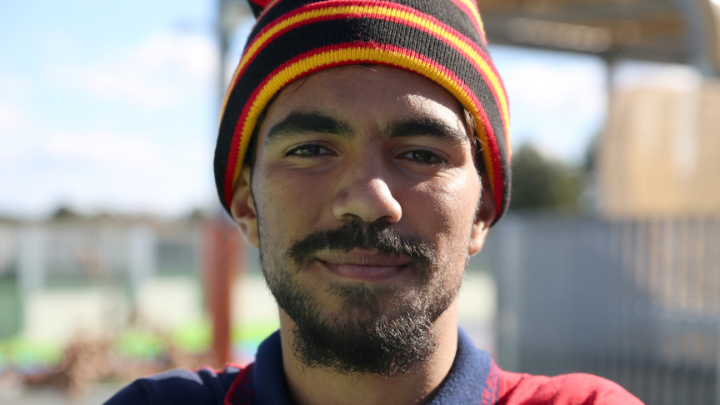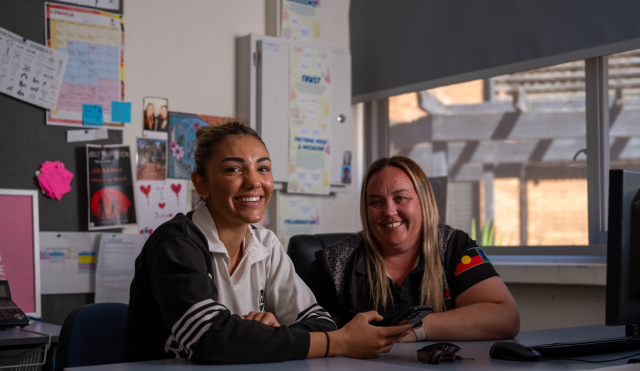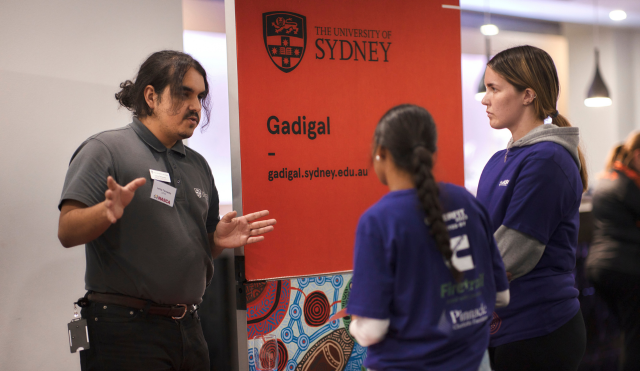Pathways Program
Supporting Aboriginal and Torres Strait Islander young people to access further education and employment opportunities, scholarships, traineeships and work experience.

Supporting Aboriginal and Torres Strait Islander young people to find their path to success in any career they choose.
Pathways Program

Pathways for the future
We understand everyone’s path in life is different. While some of our young people want to attend university others would prefer to master a trade. While some want to enter the corporate world, the arts, or the defence forces, others may see themselves as business owners and entrepreneurs. That’s why our Pathways Program is tailored to each young person’s needs and aspirations. We help them access the right opportunities to ensure a successful future.

Personalised support
Our Pathways Program team works with our young people: starting in year 9 until they leave high school. We help them develop Post School Plans. We teach resume writing and assist with scholarship applications and entry into university and TAFE. We help our young people gain professional accreditations including White Cards, driver’s licences, and First Aid Certificates. Importantly, we teach them how to “walk in two worlds” and build their confidence, resilience, goal-setting skills, and self-awareness.

Access to opportunities
We offer opportunities to build work and life skills while maintaining a connection to Culture. These include:
- access to Aboriginal Scholarships and Aboriginal traineeships
- Career Connect events and Cultural Careers Expos
- university and TAFE tours
- networking with Indigenous mentors and Indigenous-owned
businesses - work experience, internships, traineeships, and career
workshops with our network of partners
“Having access to all these opportunities made me realise that I do want to go to University. I always held back due to self-doubts, but now I know I can do it and I have applied and been accepted for early entries to multiple universities and have even sat my UCAT test to go to medical school.”



